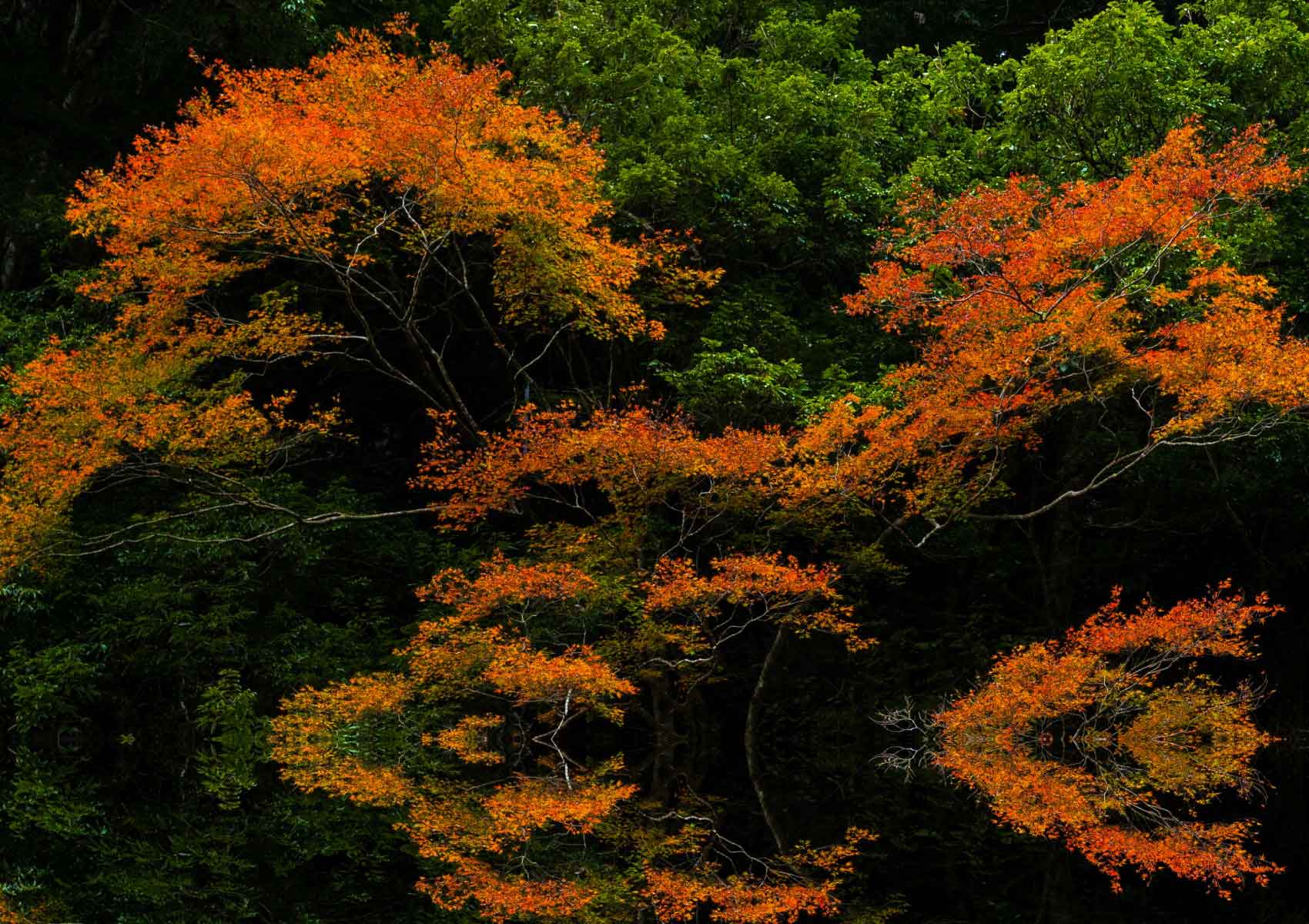Tree Insects
Common Tree Insects
Tree Insects
Ash Borer
An Asian Beetle that made its way to the US, nibbles on Ash foliage, and the larvae feeds on inner bark. The damage stops the water and nutrients flow throughout the tree.
Eastern Tent Catepillar
An American native insect, can defoliate an entire tree if abundant caterpillars are present. The caterpillars are chewers and nibble on leaves, and create very obvious large nests in a tree. Peaks every 7 years, lays eggs on new growth, and common among Cherry, Apple, and Crab Apple. Web like form appears in the fork of a limb and appears in early Spring.
Bark Beetles
Reproduce and live in the inner dead phloem of a tree. Mostly live in dead tissue however some in live wood, these insects most commonly effect pine trees that have already been in distress.
Asian Longhorn Beetle
An Asian beetle that made its way to the US, makes its way under the bark into the phloem, cambium, and eventually to the heartwood where its more safe from other animals such as woodpeckers.
Elm Leaf Beetle
Insects that eat the tissue between the veins of an Elm leaf. The aftermath of the leaf looks like it has no tissue, the leaf appears to be skeletonized.
Leaf Miner
Insects that chew the inside of a leaf, hollowing out the leaf creating a skeleton like leaf. Common among Holly trees, creates a tunnel effect like a little squiggly line. Usually only cosmetic
Sapsucker
Often mistaken for a woodpecker, uses its beak to peck linear holes in the trunk of a tree. The sapsucker will leave horizontal patterns of small holes, after feeding on the trees phloem nutrients.
Lace Bugs
Small insect that pierce the underside of a leaf to suck out the sap.
Aphids
Small sap sucking insects that can cause major damage to plants through piercing and sucking.
Mites
Known as arachnids, tiny spider mites are like ticks and parasites, and feed on sap. Sometimes cause leaf drop and discoloration. Some cause galls on the bark to form.
Scale
Small insects that feed on sap and look like waxy fish scales. Two most common types are
Obscure Scale and Oyster Shell Scale. Common among Pin Oaks, usually appears on stems.
Wooly Adelgid – A sap sucker from Asia that is very common among Hemlock trees. Visible by the egg sacks that look like small cotton on a branch. Cause a long term decline or death with the tree losing its needles and shunting growth.
Webworm
Known as fall webworm, is a moth that creates nests in deciduous trees in late summer early fall. Appears on the end of limbs, covers a clump of foliage in a web form in the Fall season.
Nematodes
Roundworms are abundant in soil and help decay organic matter. Some enter a tree and block vascular tissue.
Gypsy Moth
Insect very popular in the early 1980’s, these creatures eat the leaves of a tree, and can defoliate a tree very quickly causing a large tree to die. Their egg masses look as if you threw an egg at a tree. Common among White Oak and Hickory trees.


 Quality Work, Quick Response Reasonable Rates
Quality Work, Quick Response Reasonable Rates



